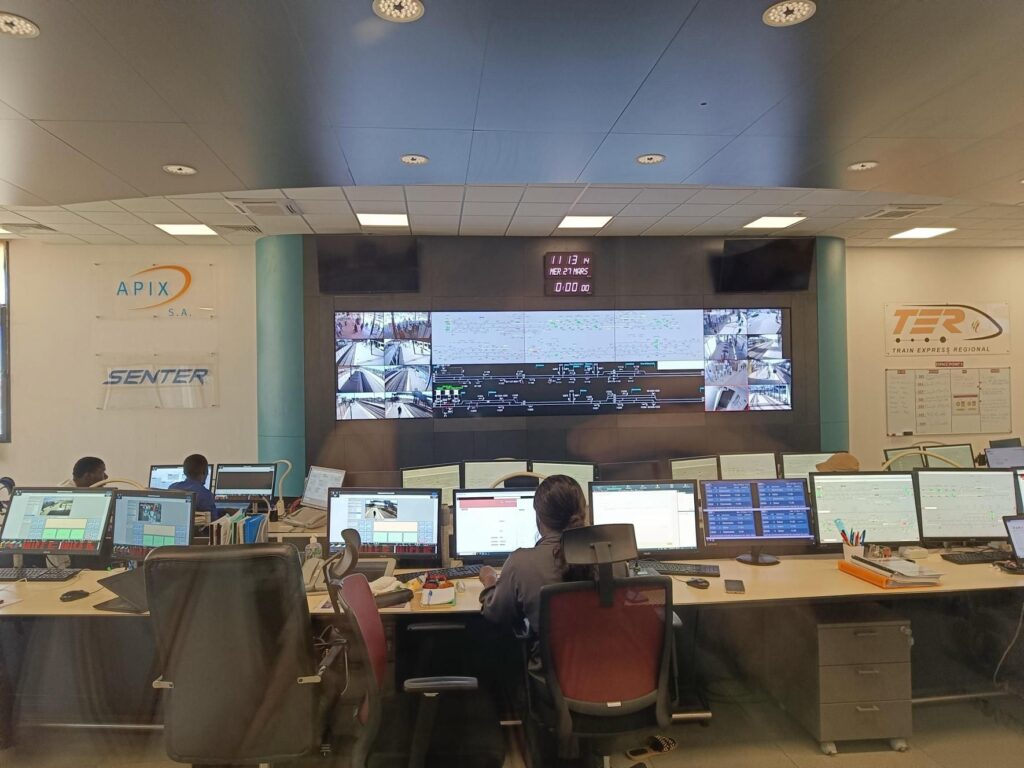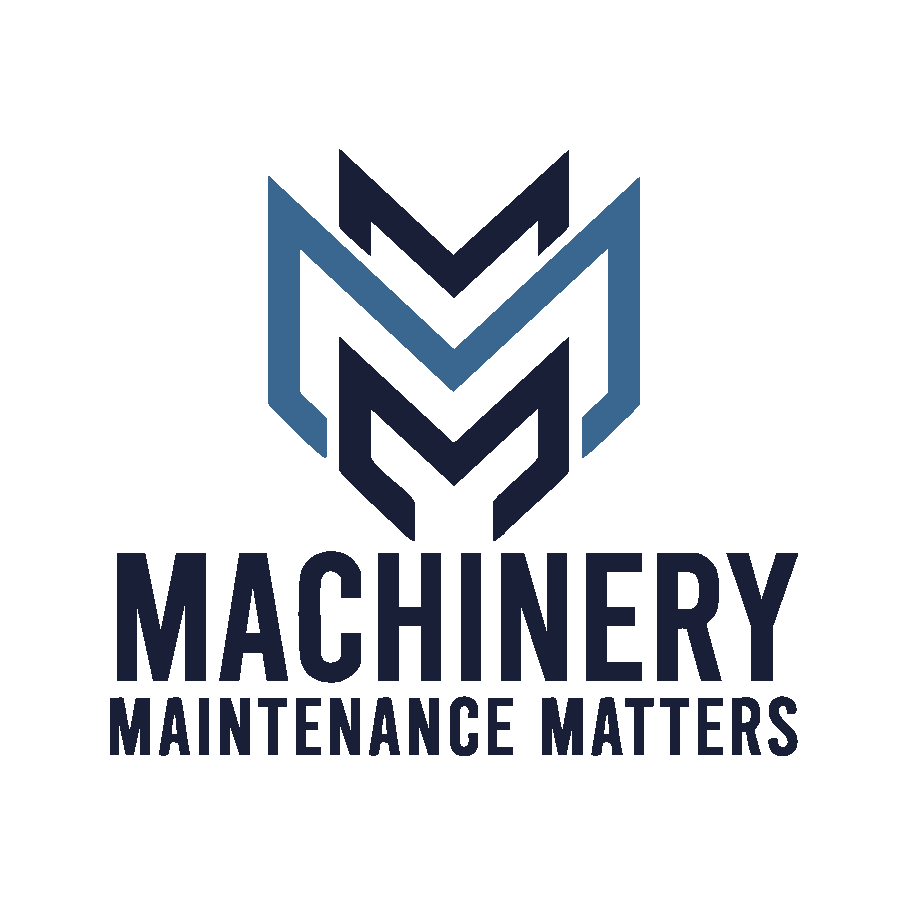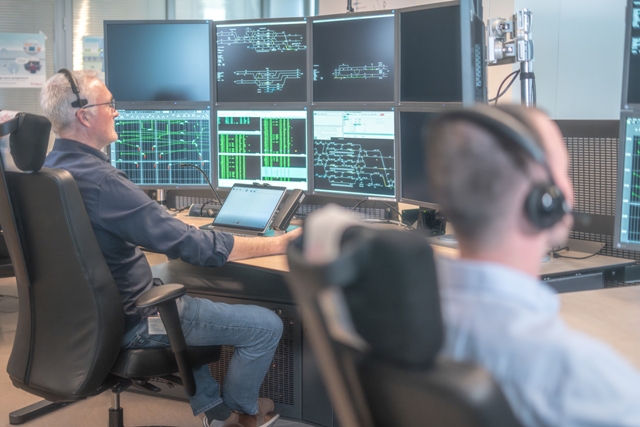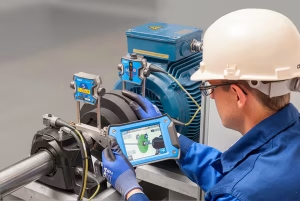RideOnTrack’s interoperable and customisable platform unifies voice communications across legacy and modern systems. After witnessing the efficiency the solution has brought to the rail transport sector, the company sees machinery maintenance teams in Africa’s heavy industry also benefiting.
By Jimmy Swira
In maintenance programmes of mission-critical machinery in heavy industry, personnel involved need seamless voice communication to address identified anomalies in components promptly. This ensures machinery availability.
The challenge of non-interoperability
One common obstacle, though, arises when industries use different voice communication devices – both legacy and modern – with each device running on its own platform. Inevitably, this non-interoperability results in poor decision-making in the implementation of maintenance programmes, potentially leading to machine failure.
It is hard to imagine the frustration of investing hundreds of thousands in state-of-the-art devices from globally reputable OEMs: technology that has been tried and tested elsewhere and excelled, yet is unable to help improve communication among maintenance teams.
Daan Lochs, the COO of RideOnTrack, was reminded of this common and costly challenge in voice communications at the 2025 Rail Africa event. In response, he informed attendees that RideOnTrack’s rail-specific solution can also meet the need for effective voice communication among maintenance teams in industries.
RideOnTrack’s solution
Demonstrating how RideOnTrack addresses the challenge of different voice communication systems, Lochs points to the interoperability and customisability that the company’s solutions offer.
i. MCCS platform’s interoperability
RideOnTrack utilises its platform to enable fast and robust development. With RideOnTrack’s EIRENE-compliant GSM-R / FRMCS” (Future Rail Mobile Communication System, which uses 5G technology), dispatching, telephony, intercom, messaging, and emergency calls are unified into a single, manageable system compatible with both legacy and modern technologies.
At the core is the MCCS platform (Mission Critical Communication System), a SIP/IP core switch that supports standard SIP-based call routing, user prioritisation, group calls, and location-based logic.
Not only can the MCCS replace traditional IP-PBXs, but it also offers more, says Vinsent Nys, International Business Development Manager at RideOnTrack. “The platform can be integrated with analogue intercoms (via gateways), SCADA telephony, SIP endpoints, and modern IP devices. This creates an interoperable system suited for complex industrial or infrastructure environments.”
With gateways, connections can be made to LTE, TETRA, DMR, and even older networks like E&M or ISDN. For example, calls from TETRA and GSM-R users can be jointly handled through a single dispatch interface. Furthermore, voice communications can be automatically recorded and archived using SIP-compatible (SIPRec) or other recorders.
Moreover, RideOnTrack offers its own software platform with integrated development and testing tools. This enables shorter development cycles without compromising quality.
ii. Customisability (custom development capabilities)
Thanks to strong custom development capabilities, RideOnTrack can flexibly meet the specific needs of customers in the field of critical communication.
VisionX software provides real-time monitoring of device status and communication flows, enabling support teams to respond faster.
Mission-critical services can also build their own mobile apps using RideOnTrack’s MCX Client SDK. This software component enables secure voice, video, and data communication on mobile devices, dispatch consoles, or in vehicles. It is built by and for developers, based on C, and is compatible with Windows, Android, and Linux.
iii. Redundancy
Redundancy is built in at multiple levels. “RideOnTrack supports configurations with locally redundant or geographically distributed servers, load balancing between active servers, and automatic fallback to wireless networks such as Wi-Fi, LTE, and TETRA,” says Nys.

RideOnTrack training session at the Train Express Regional (TER DAKAR) Operational Control Center (OCC) in Dakar
No power worries
What should also be interesting to prospective customers in Africa is that the MC-X Dispatcher Console is equipped with battery backup and hot-swappable modules. This allows it to continue functioning during local power or network outages. An optional fallback module enables seamless switching to mobile networks. The console is connected via two Ethernet ports to redundant LAN networks.
Traction in rail sector
It is not surprising that, due to its features, RideOnTrack‘s solution has gained significant traction in the rail sector since its launch. Two references are worth mentioning.
RideOnTrack has in the past delivered solutions where integration with Siemens and (in another case) Hitachi signalling systems was required. With respect to Africa, a project in Senegal is a perfect reference. An important illustration from the Senegal success story
“For the deployment in Senegal, RideOnTrack integrated with Huawei. The Senegal success story illustrates that interoperable solutions contribute to long-term success in a context where stakeholders and technology components can change over time,” says Nys, adding that this could be relevant across different industries as well.
Opportunities for deployment in heavy industries
True to form, while firmly rooted in the rail sector, RideOnTrack’s solutions are being adopted in public safety, traffic control, police, and defence. Even more promising is the potential deployment in heavy industries across Africa such as mining, oil, gas, and petrochemicals. These are sectors where mission-critical communication is essential.
For prospective clients in heavy industry, this will open opportunities to improve machinery availability. For maintenance teams, the seamless integration of voice communication devices will help in communicating more effectively and attending to respective maintenance tasks more efficiently.
Significant gains
Generally, RideOnTrack supports clients in integrating, streamlining, and hardening their communication systems. And the gains are significant — this not only reduces costs and minimises operational risks but also simplifies the user experience.







